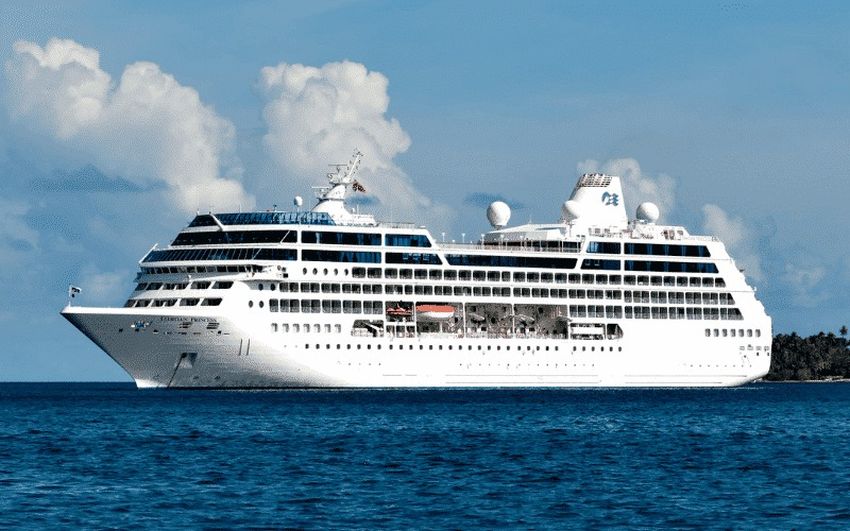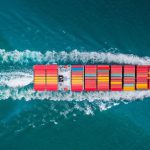With rapid advancements in artificial intelligence and automation, the idea of autonomous ships—vessels that navigate without human crews— is becoming a reality. But is it truly possible to replace human sailors with AI-driven systems? Let’s explore the future of crewless ships! 🌊⚡
1. How Do Autonomous Ships Work? ⚓
Autonomous ships use a combination of AI, sensors, and satellite navigation to operate without human intervention. These systems allow the ship to:
✅ Detect obstacles and avoid collisions 🛑
✅ Adjust course based on weather and traffic conditions 🌦️
✅ Communicate with control centers remotely 📡
🔹 Key Technologies:
🔸 AI & Machine Learning – Helps the ship make real-time decisions
🔸 LiDAR & Radar Sensors – Detects obstacles and nearby vessels
🔸 GPS & Satellite Navigation – Ensures precise positioning
2. Advantages of Crewless Ships 🚀⚡
The shift to autonomous shipping offers several benefits:
✅ Lower Costs 💰 – Eliminates expenses for crew salaries, food, and living quarters
✅ Improved Safety 🛡️ – Reduces accidents caused by human error (which accounts for 75-90% of maritime incidents)
✅ More Cargo Space 📦 – Without crew accommodations, ships can carry more goods
✅ Fuel Efficiency ⛽ – AI can optimize routes to reduce fuel consumption
3. Challenges & Risks of Autonomous Ships ⚠️🤯
Despite the potential, several hurdles must be overcome:
❌ Cybersecurity Threats 🛑 – Hackers could hijack ships remotely
❌ Legal & Regulatory Issues ⚖️ – International maritime laws still require human oversight
❌ Emergency Situations 🚨 – AI may struggle with unexpected mechanical failures or rescues
❌ High Development Costs 💸 – Advanced technology requires significant investment
🔹 Solution? Many companies are considering semi-autonomous ships that allow remote human control when needed.
4. Real-World Examples of Autonomous Ships 🌍🚢
Several companies are already testing crewless vessels:
✅ Yara Birkeland (Norway 🇳🇴) – The world’s first fully electric, autonomous cargo ship
✅ Mayflower Autonomous Ship (UK 🇬🇧) – AI-powered research vessel exploring ocean data
✅ NYK Group’s “Smart Ship” (Japan 🇯🇵) – Uses AI-assisted navigation to improve safety
These early prototypes show that autonomous ships are not just science fiction—they are on the way to becoming reality! 🚀
5. The Future: Will Ships Be Fully Crewless? 🛳️🔮
Experts predict that by 2035, many ships will operate remotely or semi-autonomously. However, full automation may take longer due to:
🔸 Legal regulations requiring human oversight
🔸 Complexity of ocean navigation compared to self-driving cars
🔸 Public trust in AI-driven transportation
Instead of replacing all human crews, the future may involve hybrid systems—where AI assists human operators rather than replacing them entirely.
Conclusion: A New Era of Shipping? 🚢🌍
While completely crewless ships are still in development, the shipping industry is moving toward a future where AI and automation play a major role. Expect a world where fewer sailors are needed on board, and ships navigate more safely, efficiently, and sustainably. 🌊⚡
Would you trust an AI-powered ship to sail the seas? 🤔🚢


